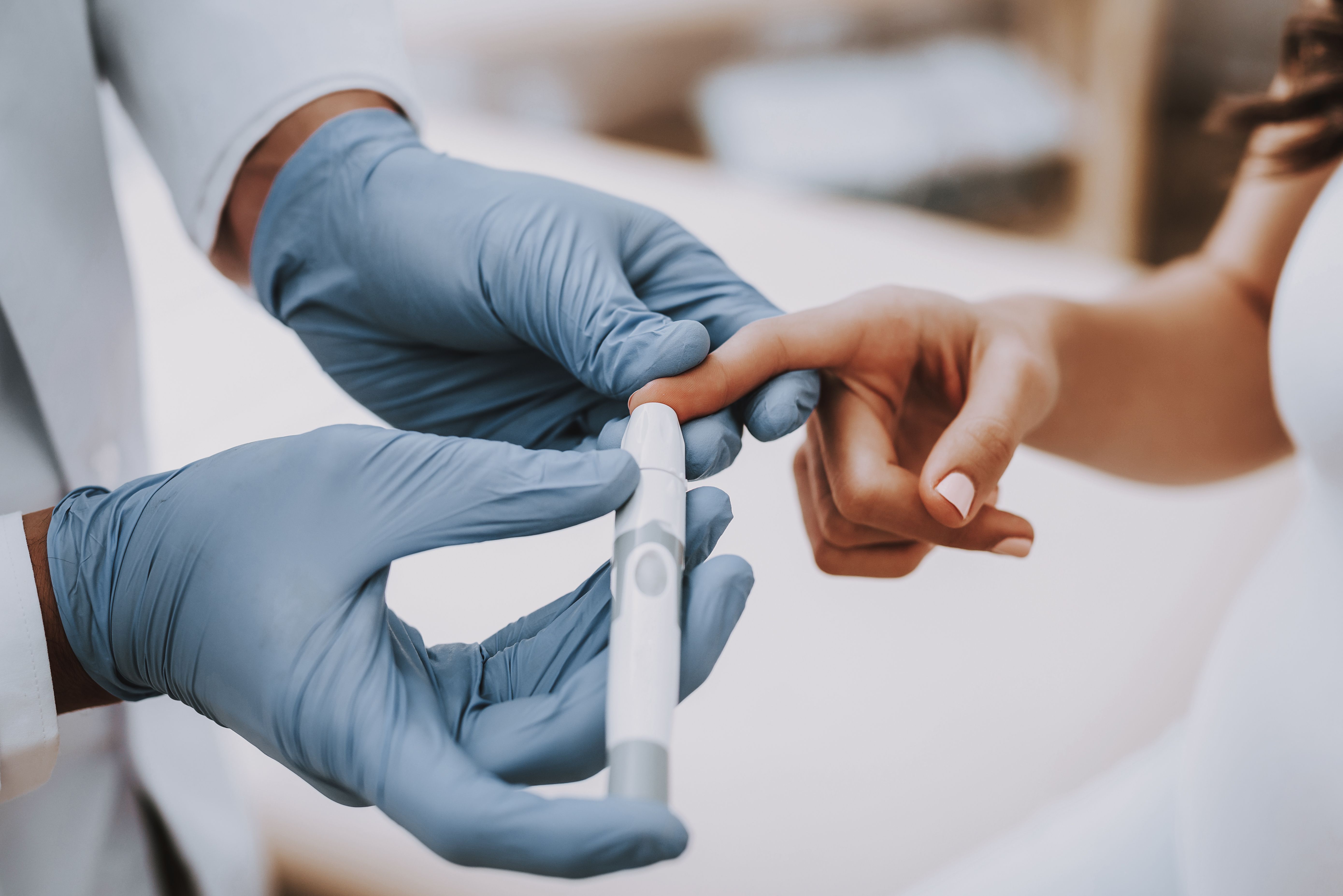Article
Edible Marijuana Products Often Mislabeled
Author(s):
The majority of edible medical marijuana products fail to meet basic label accuracy standards.
The majority of edible medical marijuana products fail to meet basic label accuracy standards.
Tetrahydrocannabinol (THC) and cannabidiol (CBD) are typically the 2 most concentrated chemical components of medical marijuana, and they should ideally have a ratio of 1:1.
For a new study published in JAMA, edible cannabis products were considered accurately labeled if the THC and CBD content was within 10% of the labeled values.
If a product’s measured THC and CBD content was 10% above those values, then it was deemed underlabeled, which could place patients at risk for adverse effects. If the THC and CBD content was more than 10% below the labeled values, then the product was considered overlabeled, which might not produce the desired medical benefit.
Of the 75 products purchased from randomly selected dispensaries in San Francisco, Los Angeles, and Seattle, 23% were underlabeled and 60% were overlabeled in terms of their THC content. Of the 44 products that had detectable levels of CBD, only 13 were labeled as containing it. Furthermore, 4 of these products were overlabeled, and 9 were underlabeled for CBD.
Only 1 product’s THC and CBD content met the ideal 1:1 ratio. Seven products had a ratio under 10:1, though the average ratio was 36:1.
“Regulation and quality assurance for edible product cannabinoid content and labeling are generally lacking,” the researchers wrote. “Because medical cannabis is recommended for specific health conditions, regulation and quality assurance are needed.”
Between 16% and 26% of patients using medical marijuana consume it through edible products, such as baked goods, beverages, and candy, the researchers noted.
In an interview with Pharmacy Times, study author Ryan Vandrey, PhD, associate professor at Johns Hopkins University School of Medicine, added that improper manufacturing and/or drug storage practices may contribute to the mislabeling problem.
“Any pharmacist involved with medical cannabis will want to be careful about testing products and monitoring stability over time,” Dr. Vandrey said.
Pharmacist Jay Sochoka, RPh, BSPharm, CIP, argued in an article for Pharmacy Times that the best way for patients to receive medical marijuana is through edibles, so that they can avoid smoking. In addition, the effects of medical cannabis are more intense and longer-lasting when consumed instead of inhaled, he wrote.
Sochoka also argued that pharmacists should be responsible for dispensing medical marijuana.
“Pharmacies are where people come for their medicine, so we should be dispensing medical cannabis,” he wrote. “It’s as simple as that.”
Last year, Minnesota legislators passed a bill allowing for limited use of some forms of medical marijuana. This went into effect earlier this month, so Minnesota patients can now start to become certified to obtain medical marijuana, MPR News reported.
Pharmacists could play an important role in this process, as they could be consulted to determine the correct dosage for patients. While pharmacists could potentially be held liable for violating federal drug laws, the US Department of Justice said in a statement that the federal government typically relies on state and local authorities to address issues with marijuana.






